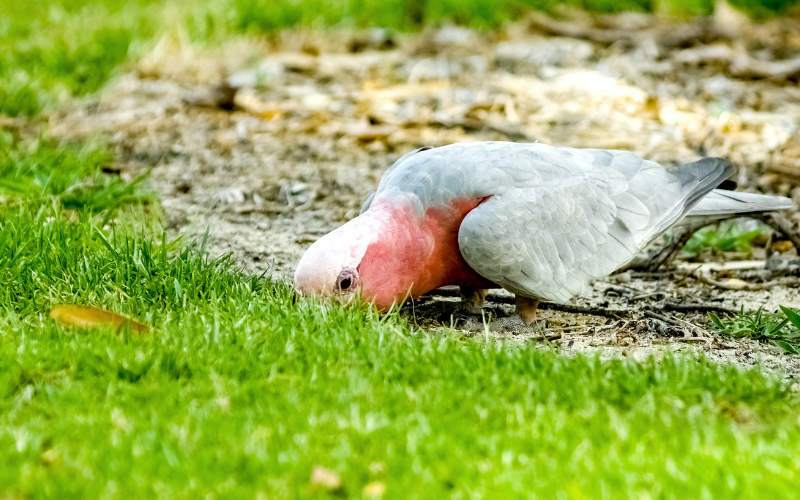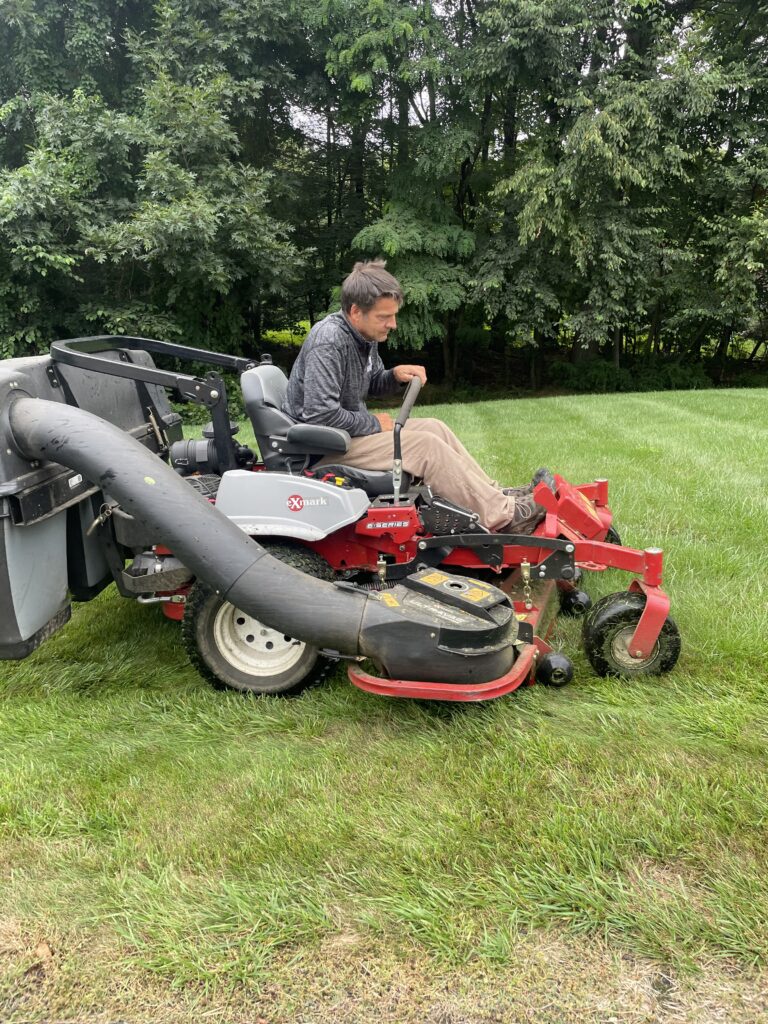A lush, green lawn is every homeowner’s dream, but keeping it that way isn’t always easy. From patchy grass to stubborn weeds, common lawn problems can quickly turn your yard into a source of frustration. The good news? Most issues have straightforward solutions when addressed early.
Bare spots and thinning grass
Bare spots and thinning grass are often caused by heavy foot traffic, pet urine, poor soil conditions, or disease. The best way to fix these areas is by aerating and overseeding in early fall or spring. Choosing high-quality grass seed, maintaining consistent watering, and addressing soil compaction will encourage new growth and create a thicker, healthier lawn.
Weeds thrive in weak lawns, stealing nutrients and water from your grass. Keeping your lawn dense and strong is the best defense. Mowing at the right height, applying a pre-emergent herbicide in early spring, and spot-treating existing weeds will help keep them under control.

Brown or Yellow Patches
Brown or yellow patches can result from drought, disease, pests, or pet urine. Ensuring your lawn gets about an inch of water per week, checking for signs of fungal disease, and using fungicides when needed can help restore its color. If pets are the cause, diluting urine spots with water and designating a pet-friendly area can prevent further damage.
Fungal Diseases
Fungal diseases like dollar spot, brown patch, or red thread can cause discoloration and thinning grass. Improving air circulation, watering in the morning, and avoiding excessive nitrogen can help prevent disease. If necessary, a fungicide can stop the spread.
Pest Damage
Pest damage from grubs, chinch bugs, and other insects can weaken your lawn by feeding on roots and blades. Signs of an infestation include wilting grass, brown patches, or birds digging in the lawn. Applying grub control treatments in late summer or early fall can help, and maintaining a strong lawn will make it more resistant to pests.

A thick layer of thatch can block water and nutrients from reaching the soil, leading to unhealthy grass. If thatch is more than half an inch thick, dethatching in early fall or spring can help. Core aeration is another effective way to break up compacted soil and encourage root growth.
Drainage issues and standing water
Drainage issues and standing water can create soggy areas, encourage moss growth, and lead to root rot. Aerating compacted soil, adjusting your yard’s grading, or installing a French drain can improve water flow. Choosing water-tolerant grass species for naturally wet areas is another great solution.
The best way to care for your lawn
Proper mowing, watering, aeration, and fertilization all play a role in maintaining strong, healthy grass. If lawn care feels overwhelming, partnering with a local landscaping company can take the guesswork out of maintenance and keep your yard looking its best.
Beyond just maintaining a beautiful lawn, professional care helps prevent small issues from turning into costly problems. Regular maintenance ensures that weeds don’t take over, pests don’t cause damage, and your grass stays thick and vibrant year-round. With expert guidance, you can enjoy a lush, worry-free lawn without sacrificing your valuable time.

Final Thoughts
At Design Works Landscaping, we specialize in diagnosing and treating lawn issues so you can enjoy a green, thriving lawn without the hassle. Contact us today to learn more about our expert lawn care services!
Check out our most recent blog posts for expert tips on keeping your lawn looking great.
- Increasing Your Property’s Value with Retaining Walls
- Stay Ahead of the Storm: Smart Snow Removal Planning for Facility Managers
- Save on Your Water Bill: Smart Irrigation Solutions for a Healthier Landscape
- Fertilizing in April: Does Snowy Spring Weather Help or Hurt Your Lawn?
- Landscaping That Speaks for Your Business











